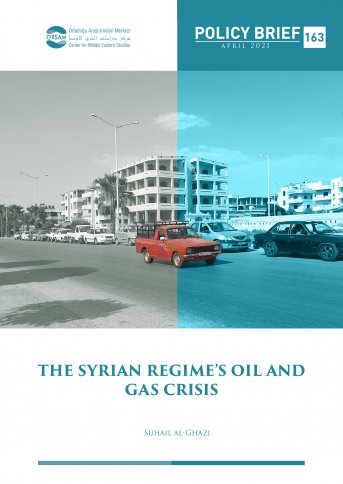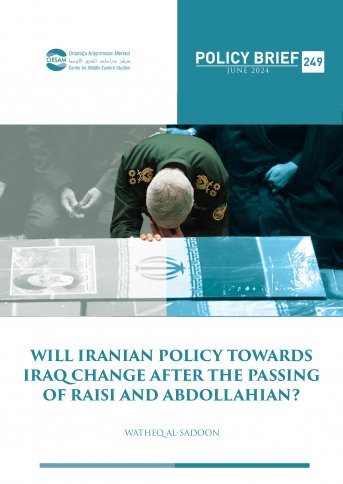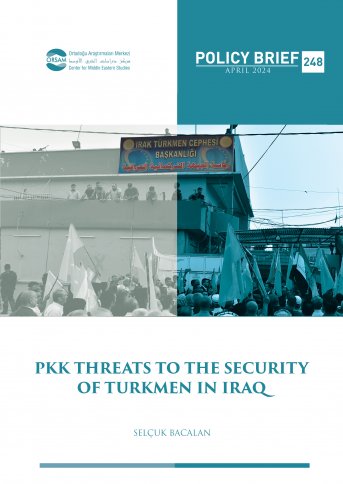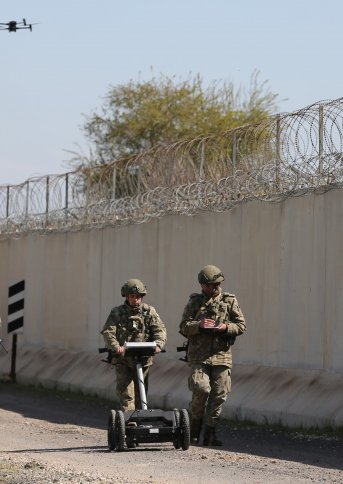
The Syrian Regime’s Oil and Gas Crisis
Syria is not a country that possesses huge oil and gas reserves. Oil reserves amount to about 52 billion barrels, which are distributed in northeastern Syria, specifically in the Deir Ezzor Governorate, which consists of the Al-Omar, Al-Tanak, Al-Taym, Al-Ward, and the fields in Al Hasakah governorate, which include 6 oil fields, including Al-Suwaidi, the highest in terms of production of oil, in addition to Rmelan, Al-Jebsa, Al-Hol, Al-Shaddadi, and al-Yousfie. Before 2011, Syria’s oil production amounted to about 400,000 barrels per day, of which around 140,000 barrels per day were exported, mostly to European countries.
Instead, gas reserves range between 9 and 8.5 trillion cubic meters, and most of the fields are distributed in eastern Homs and northern Damascus. Before 2011, its production amounted to around 280,000 cubic meters of gas, most of which was locally consumed in order to generate electricity and for domestic consumption.
After the start of the crisis in 2011, oil production decreased to around 25,000 barrels per day, and Syria turned from a self-sufficient country to one that relied on Iranian imports and smuggling. This exponential decrease in oil production led to a severe crisis in regime-controlled areas, which was accompanied by a rise in fuel prices, with long queues of cars formed in front of gas stations becoming a poster image of post-2011, and it contributed as well to an unprecedented rise in food prices.








